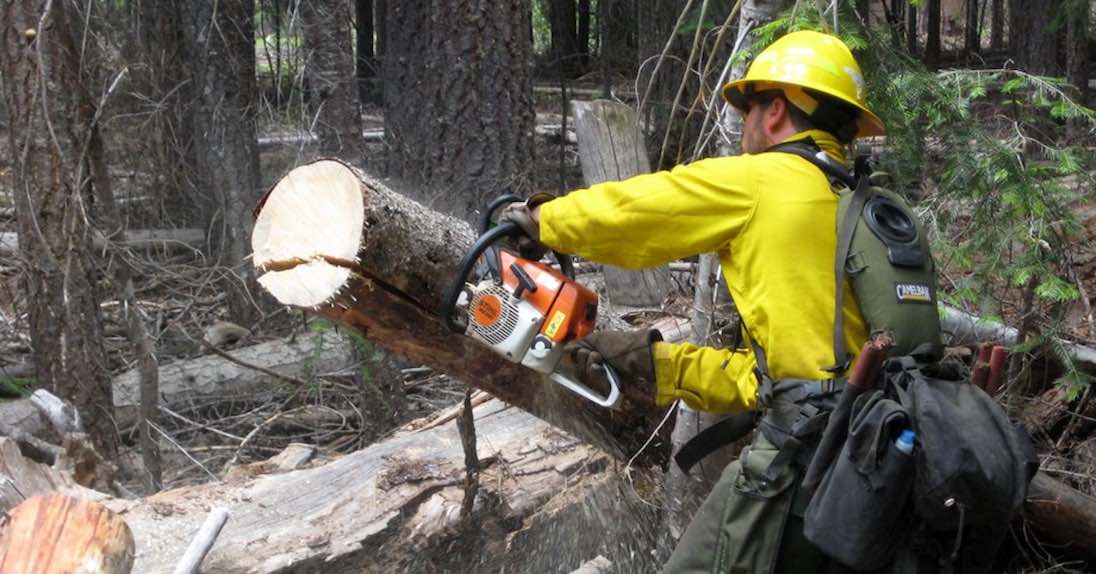
While chainsaw users often focus on leg protection, head, face, and hearing injuries are equally devastating. Falling branches, flying debris, and constant exposure to high-decibel noise create a perfect storm of hazards. A certified helmet system with integrated face shield and hearing protectors is not optional—it’s essential for safe operations.
This guide explains:
- Why head and hearing protection are critical
- Key standards: ANSI Z89.1 & EN 397
- Features to look for in modern helmet systems
- Common buyer mistakes and real-world incidents
Google Snippet: Quick Answer
Chainsaw operators need helmets certified to ANSI Z89.1 or EN 397 with integrated face shields and ear muffs to prevent head trauma, eye injuries, and hearing loss. Proper PPE blocks falling debris, flying wood chips, and 100+ dB chainsaw noise, ensuring compliance and worker safety.
Why Head and Hearing Protection Are Critical
Chainsaw operations expose workers to:
- Falling limbs and kickback impacts
- Flying chips and dust causing eye injuries
- Noise levels reaching 110 dB, enough to cause permanent hearing loss within 15 minutes
Case Example #1 (UK):
An arborist sustained a skull fracture when a branch fell from 6 meters. He wore safety glasses but no helmet. Recovery took 4 months, and the company faced a £12,000 penalty for PPE non-compliance.Case Example #2 (USA):
A forestry worker ignored hearing protection during long shifts. After 10 years, he developed severe hearing loss and won a $95,000 workers’ compensation claim for occupational hearing damage.
Key Components of Head and Hearing PPE
1. Helmets
- Certified to ANSI Z89.1 (USA) or EN 397 (EU)
- Designed to resist impact from falling objects and absorb shock
- Equipped with chin straps to prevent dislodging during movement
Advanced Features:
- Ventilation channels for heat reduction
- UV-resistant shells for prolonged outdoor use
- Integrated slots for visors and earmuffs
2. Face Shields
- Protects against flying wood chips, sawdust, and debris
- Options:
- Mesh visors: Breathable, ideal for outdoor forestry
- Clear polycarbonate shields: Impact-resistant, good for mixed-use environments
Compliance:
Face protection must meet EN 1731 (mesh) or ANSI Z87.1 for impact resistance.
3. Hearing Protection
- Chainsaw noise often exceeds 100–115 dB
- Acceptable exposure without protection: 15 minutes
- Use earmuffs with 25–30 dB NRR (Noise Reduction Rating) or combination systems with helmets
Pro Tip:
For maximum protection, choose helmet systems with integrated hearing defenders, reducing PPE incompatibility risks.
Standards and Compliance for Head and Face PPE
- ANSI Z89.1 (USA): Hard hats for impact protection
- EN 397 (EU): Helmets for industrial safety
- ANSI Z87.1 / EN 1731: Eye and face protection
- EN 352: Hearing protectors
Buyer Insight:
Always request proof of compliance and batch traceability—fake “CE” helmets are common in the low-cost market.
Common Buyer Mistakes
- Using basic construction hard hats without chainsaw-rated features
- Buying helmets without chin straps—risk of helmet falling off during climbing
- Overlooking hearing protection or choosing earplugs instead of earmuffs
- Selecting mesh visors for environments where chemical splashes or dust require full seals
Red Flag:
If the helmet doesn’t include integrated slots for visors and earmuffs, it’s likely not designed for chainsaw work.
Quick Procurement Checklist for Helmets & Hearing Protection
- [ ] Helmet certified to ANSI Z89.1 or EN 397
- [ ] Face shield meets EN 1731 or ANSI Z87.1
- [ ] Earmuffs with 25–30 dB NRR, EN 352 compliant
- [ ] Integrated system for helmet, visor, and hearing protection
- [ ] UV-resistant and ventilated shell for outdoor work
- [ ] Batch tracking and certification documents for audits
Buyer FAQ
Q: Can I use a construction hard hat for chainsaw work?
A: No. Chainsaw helmets require specific features like earmuff and visor integration.Q: Are mesh visors safe?
A: Yes for flying chips, but not for chemical splashes or fine dust—use polycarbonate shields in such cases.Q: How often should helmets be replaced?
A: Every 3–5 years or immediately after a heavy impact.
Conclusion
A chainsaw helmet system is a life-saving investment. Protecting the head, face, and hearing is just as important as leg and foot protection. As a buyer, choose fully integrated systems, prioritize compliance, and ensure comfort for extended wear.
Need ANSI Z89.1 and EN 397-certified helmet systems with face and hearing protection?
Email: [email protected]
Website: www.workwearsolutions.net
Zion Zhang
Recent Posts
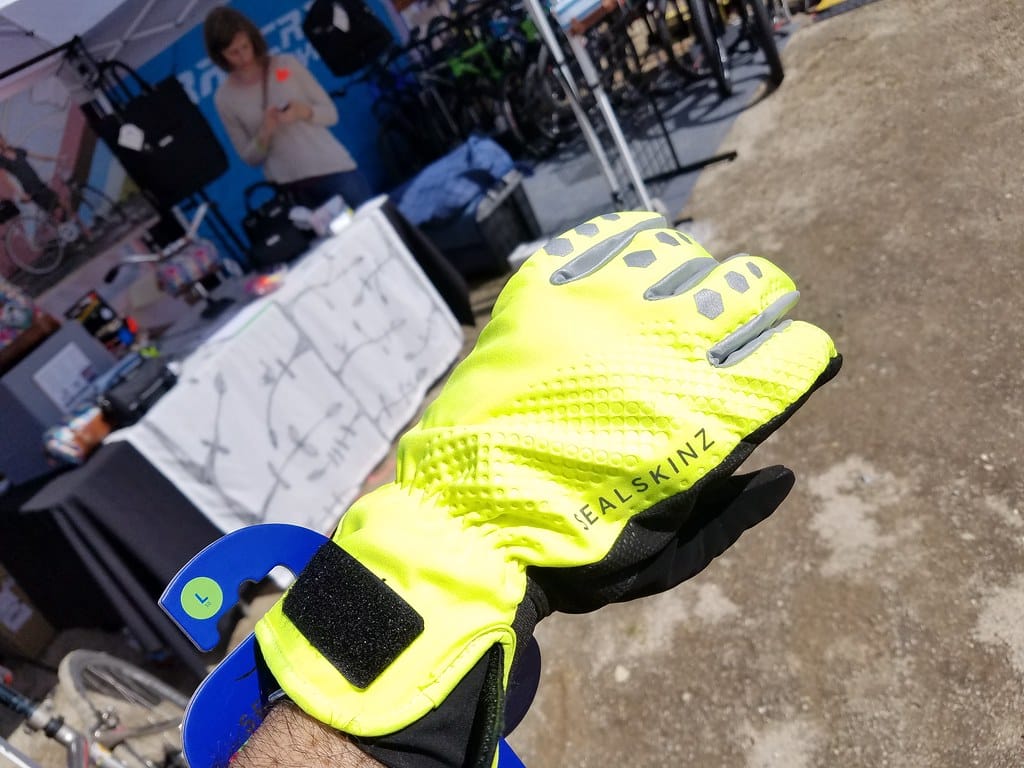 The Nigerian Agent Who Lost $50,000 on Fake Certificates — Then Came Back Stronger2025年10月20日Introduction In the global trade of PPE and industrial […]
The Nigerian Agent Who Lost $50,000 on Fake Certificates — Then Came Back Stronger2025年10月20日Introduction In the global trade of PPE and industrial […]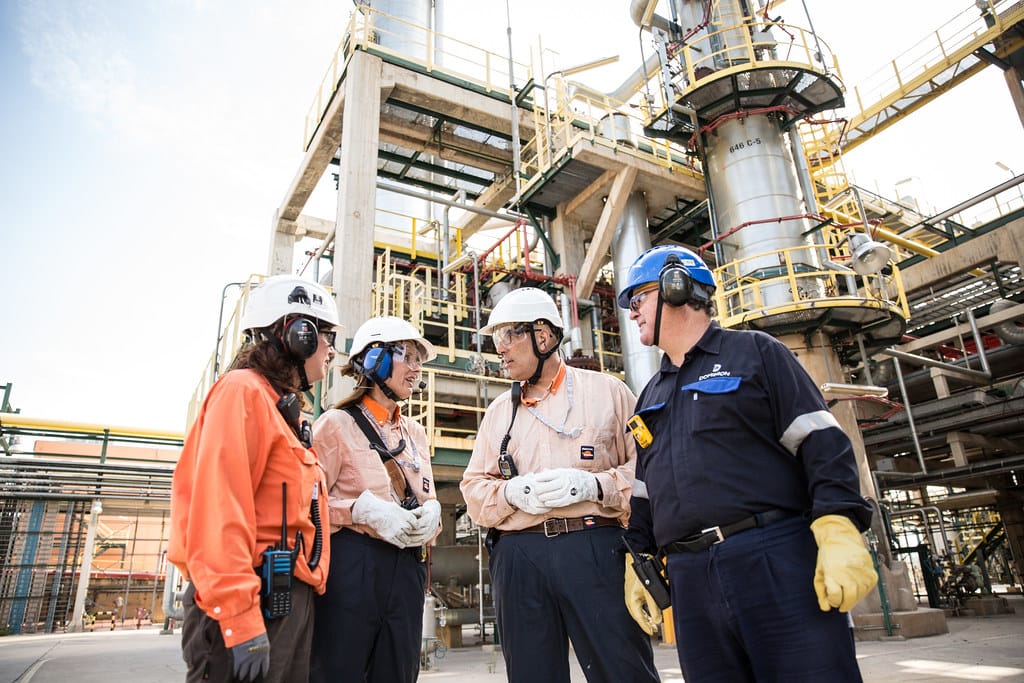 How a Brazilian Trader Used $5,000 to Break into the PPE Market2025年10月20日Introduction In a world where industrial safety and […]
How a Brazilian Trader Used $5,000 to Break into the PPE Market2025年10月20日Introduction In a world where industrial safety and […] From First Order to Market Leader: A Ghana Distributor’s 3-Year Journey2025年10月20日In the fast-growing African PPE and workwear market, small […]
From First Order to Market Leader: A Ghana Distributor’s 3-Year Journey2025年10月20日In the fast-growing African PPE and workwear market, small […]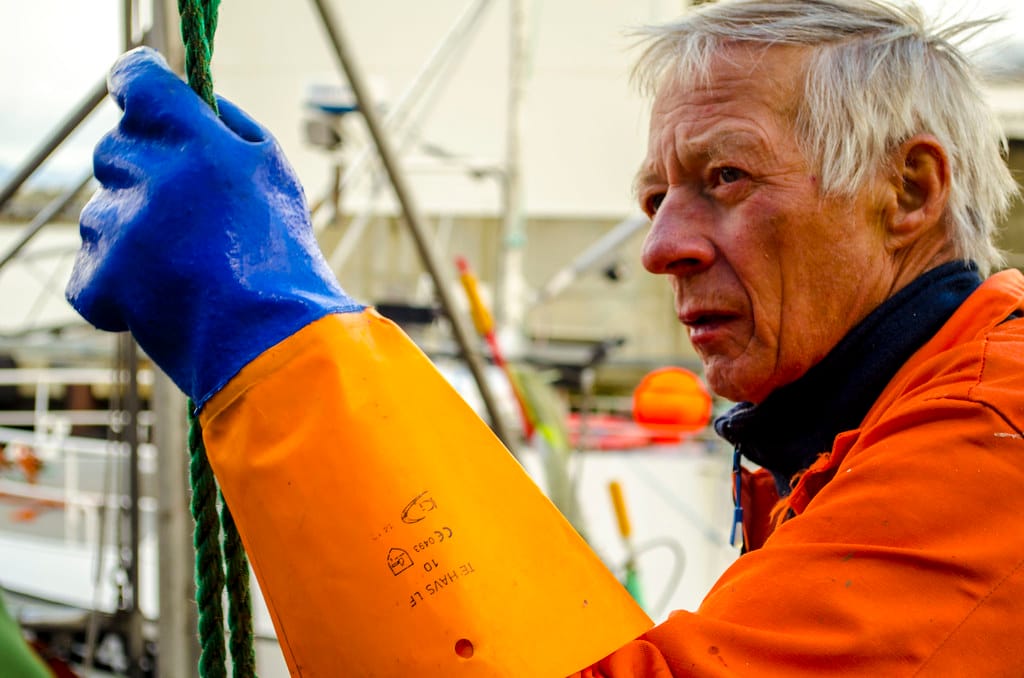 Scaling Your Workwear Brand: From Local Agent to Regional Distributor2025年10月15日In the workwear and PPE industry, many businesses start […]
Scaling Your Workwear Brand: From Local Agent to Regional Distributor2025年10月15日In the workwear and PPE industry, many businesses start […]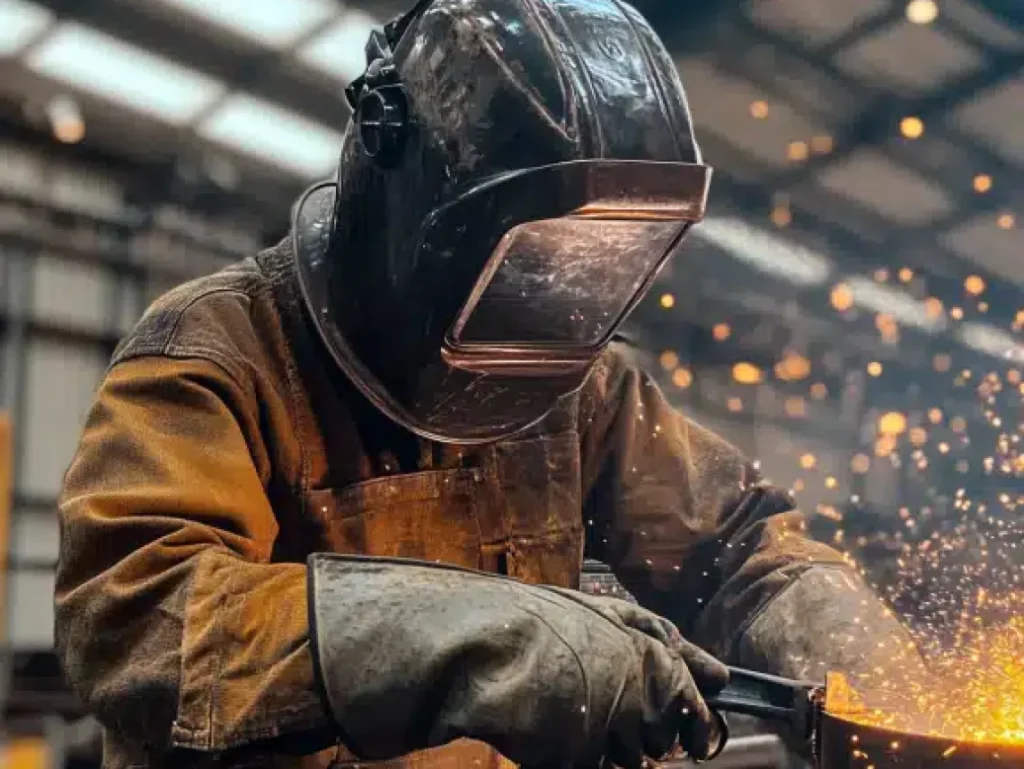 After-Sales Service & Customer Retention in the Workwear Business2025年10月15日In the global workwear and PPE industry, many suppliers […]
After-Sales Service & Customer Retention in the Workwear Business2025年10月15日In the global workwear and PPE industry, many suppliers […] Government & Corporate Contracts: Winning Large PPE & Workwear Deals2025年10月14日Government & Corporate Contracts: Winning Large PPE […]
Government & Corporate Contracts: Winning Large PPE & Workwear Deals2025年10月14日Government & Corporate Contracts: Winning Large PPE […]
CONTACT US
- Feel free to contact us any time. We will get back to you as soon as we can!
- +86-17330061805
